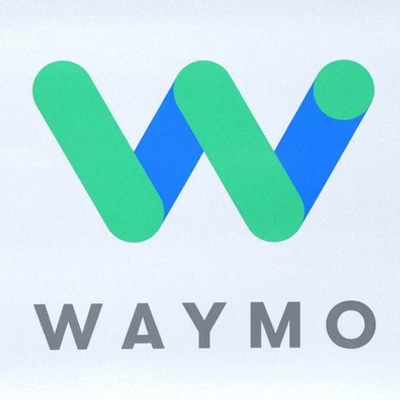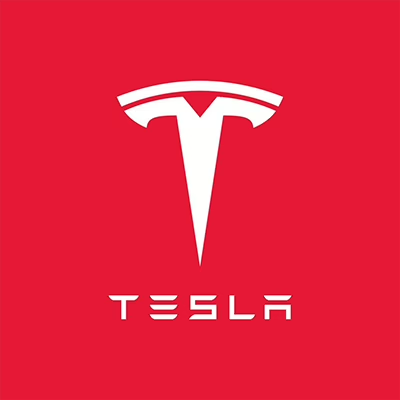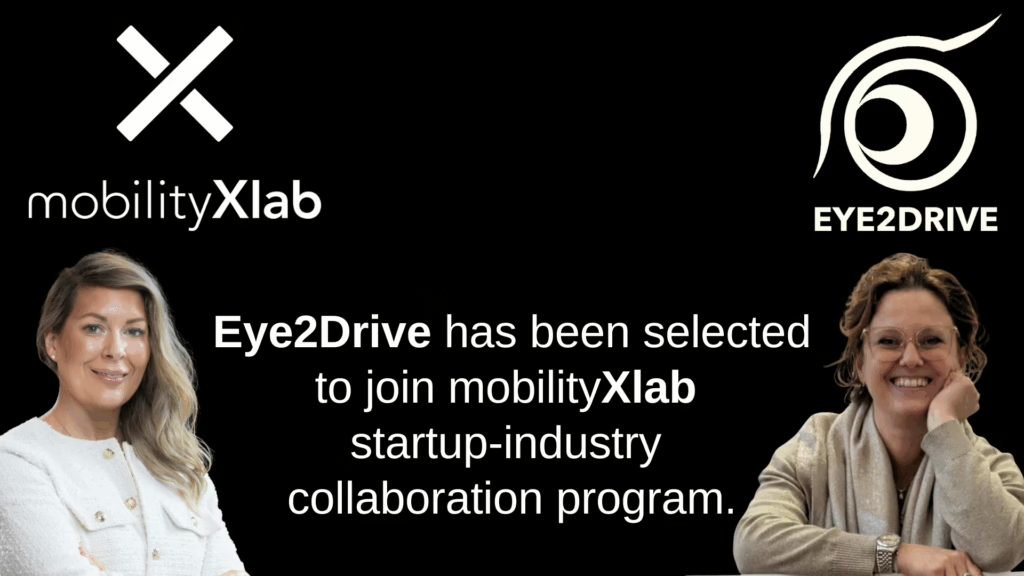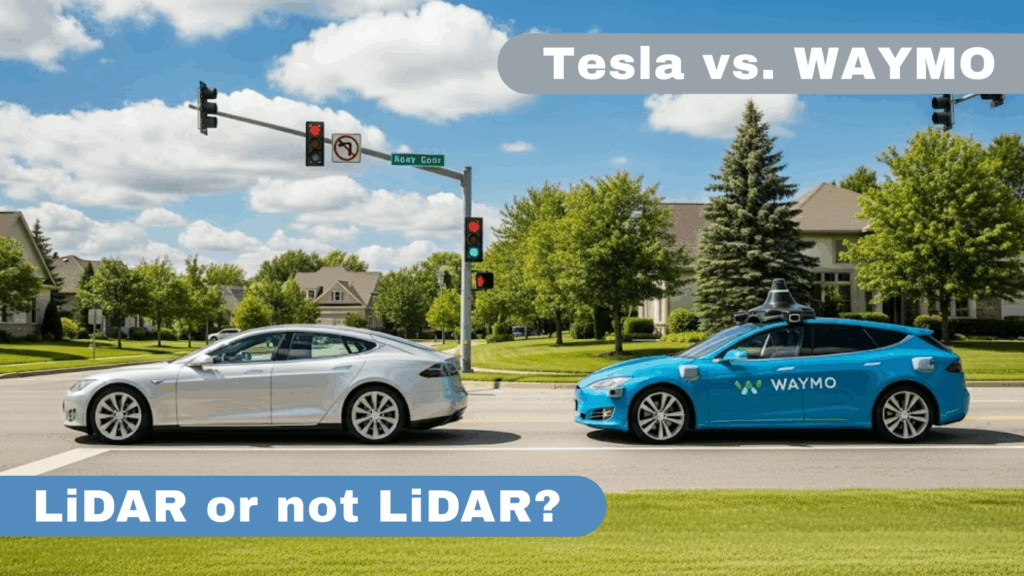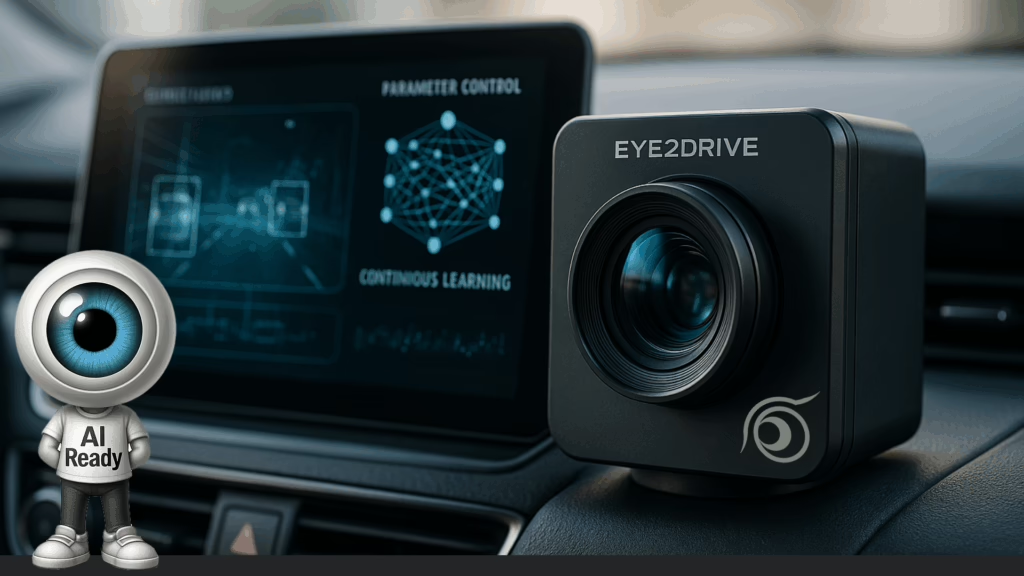AV Market Deep Dive Report
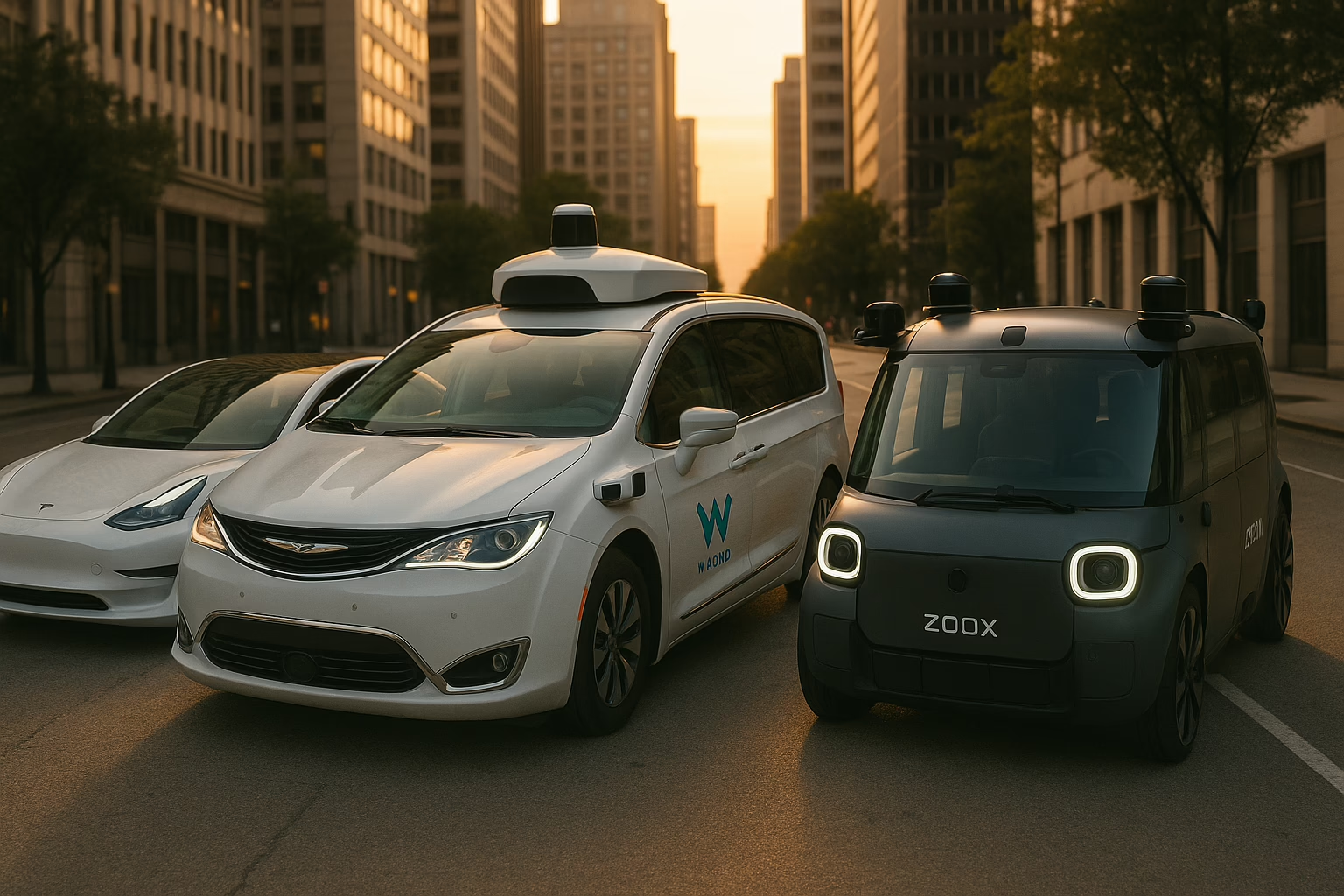
The Autonomous Revolution is Accelerating
The global autonomous vehicle market is at an inflection point, poised for explosive growth as it transitions from a niche technological pursuit to a mainstream reality. This report provides an in-depth analysis of the key players, technological hurdles, financial standings, and strategic pathways defining the future of mobility. Understanding these complex dynamics is crucial for identifying emerging leaders and sound investment opportunities in this transformative industry.
Projected Global AV Market Size (USD Billions)
Competitive Landscape Dashboard
The race to full autonomy is led by a few dominant players, each with a unique strategy and technological stack. This section provides a comparative analysis of their performance based on key metrics. Use the buttons below to switch the data displayed in the chart and compare their progress directly.
Total Autonomous Miles Driven (Millions)
| Player | Technology Approach | Business Model | Key Differentiator |
|---|---|---|---|
| Waymo (Google) | Heavy Sensor Fusion (LiDAR, Radar, Cameras). HD mapping is critical. | B2C Ride-hailing (Waymo One), B2B Logistics (Waymo Via). | Longest operational history and most extensive L4 testing data. |
| Tesla | Vision-only (Tesla Vision). Relies on massive real-world data from its consumer fleet. | B2C vehicle sales with a high-margin FSD software subscription. | Unparalleled data collection engine and vertically integrated hardware/software. |
| Zoox (Amazon) | Full Sensor Redundancy. Purpose-built, bidirectional vehicle for urban environments. | Future B2C robotaxi service, potential integration with Amazon’s logistics network. | Ground-up vehicle design focused solely on autonomy and passenger experience. |
In-Depth SWOT Analysis
Beyond the numbers, each major player possesses unique strategic strengths, weaknesses, opportunities, and threats. This analysis breaks down the core strategic profile of the market leaders.
Waymo (Alphabet)
👍Waymo Strengths
- Pioneering Experience: Over a decade of dedicated R&D and the highest number of L4 autonomous miles.
- Technical Robustness: Sensor fusion approach is widely considered the most reliable for achieving full autonomy.
- Financial Backing: Supported by Alphabet, providing immense capital resources.
👎Waymo Weaknesses
- High Operating Costs: Expensive sensor suite and reliance on HD maps limit scalability and geographic reach.
- Slow Expansion: Cautious, geofenced rollout is slow compared to competitors’ data collection scale.
- Path to Profitability: The high cost per vehicle makes the timeline to profitability unclear.
✨Waymo Opportunities
- Licensing the ‘Waymo Driver’: Could license its technology to traditional automakers.
- Logistics & Trucking: Waymo Via can tap into the massive long-haul trucking market.
- First-Mover Advantage: Can set the industry standard for safety and regulation in ride-hailing.
⚠️Waymo Threats
- Regulatory Hurdles: Public incidents or stricter regulations could slow down deployment.
- Scalable Competitors: Vision-based approaches, if proven, could scale much faster and cheaper.
- Public Perception: Accidents involving any AV can negatively impact public trust in the entire sector.
Tesla
👍Tesla Strengths
- Data Dominance: Massive fleet of consumer vehicles collecting real-world data daily.
- Vertical Integration: Controls hardware, software, and chip design (Dojo).
- Brand Loyalty & Demand: Strong brand and high-margin software sales (FSD).
👎Tesla Weaknesses
- Controversial Approach: Vision-only system’s reliability in edge cases is still debated.
- Regulatory Scrutiny: “Full Self-Driving” branding has attracted significant regulatory attention.
- Not Truly L4/L5: System is currently a Level 2 driver-assist, not a fully autonomous robotaxi.
✨Tesla Opportunities
- Robotaxi Network: Potential to activate a massive ride-hailing network with an over-the-air update.
- Data Licensing: Could monetize its vast trove of driving data.
- Energy & AI: Synergies with other Tesla businesses create a powerful ecosystem.
⚠️Tesla Threats
- Technological Dead End: If vision-only proves insufficient, a pivot would be costly and difficult.
- Liability & Safety: Accidents attributed to Autopilot/FSD pose significant legal and brand risks.
- Intense Competition: Both from AV pure-plays and traditional OEMs.
Zoox (Amazon)
👍Zoox Strengths
- Purpose-Built Vehicle: Design is optimized for autonomy and passenger experience, not retrofitted.
- Amazon Integration: Massive potential for integration with Amazon’s logistics and Prime customer base.
- Safety Focus: Redundant sensors and bidirectional design prioritize safety in dense urban areas.
👎Zoox Weaknesses
- Late to Market: Significantly behind Waymo and Tesla in terms of on-road miles and data.
- High Capital Expenditure: Designing and manufacturing a custom vehicle is extremely expensive.
- Limited Scope: Initial focus is solely on dense urban robotaxi service, a challenging market.
✨Zoox Opportunities
- Disrupting Urban Mobility: Could offer a superior alternative to traditional taxis and ride-sharing.
- Automated Logistics: The vehicle could be adapted for last-mile Amazon package delivery.
- Leverage Amazon Ecosystem: Bundle services with Prime, use AWS for compute power.
⚠️Zoox Threats
- Manufacturing Hell: Scaling production of a novel vehicle is a notorious challenge.
- Intense Competition: Competing with established players in both AV tech and ride-hailing.
- Path to Deployment: Slower progress could lead to loss of investor (Amazon) confidence.
Financial Standing & Strategic Outlook
The war for autonomy is fought not just with code and sensors, but with capital. A company’s financial health and strategic vision are leading indicators of its long-term viability. This section examines the financial foundations and future roadmaps of the key players.
Waymo: The Patient Behemoth
Financial Standing
As a subsidiary of Alphabet (GOOGL), Waymo’s direct financials are part of the “Other Bets” category. It operates as a well-funded but loss-making R&D unit. It has also raised over $5.5 billion in external funding to date to accelerate its efforts.
Major Investors:
- Primary: Alphabet Inc.
- External: Silver Lake, Andreessen Horowitz, T. Rowe Price, Fidelity Management.
Strategic Outlook
Medium-Term (2-5 Years):
- Expand Waymo One service to more major US cities (e.g., Austin, Los Angeles).
- Scale up Waymo Via trucking partnerships with companies like J.B. Hunt.
- Achieve regulatory approval for wider, fully driverless operations.
Long-Term (5+ Years):
- License the “Waymo Driver” as a platform to traditional automotive OEMs.
- Achieve widespread robotaxi deployment, creating a profitable mobility network.
- International expansion into Europe and Asia.
Tesla: The Profitable Data Engine
Financial Standing
Tesla (TSLA) is a profitable, publicly traded company with a massive market capitalization. Its autonomy efforts are funded directly by its automotive sales revenue and high-margin FSD software sales, creating a self-sustaining financial loop.
Major Investors:
- Primary: Publicly traded; largest institutional holders include Vanguard, BlackRock, and State Street.
- Key Figure: Elon Musk remains the largest individual shareholder.
Strategic Outlook
Medium-Term (2-5 Years):
- Achieve feature-complete “Level 4/5” FSD and secure regulatory approval.
- Continue to grow the FSD user base through vehicle sales.
- Launch the dedicated Robotaxi vehicle platform.
Long-Term (5+ Years):
- Activate a global, decentralized robotaxi network using both dedicated and consumer-owned vehicles.
- Leverage Dojo supercomputer to offer AI training as a service.
- Create an interconnected ecosystem of autonomous transport and energy.
Zoox: The Strategic Acquisition
Financial Standing
After being acquired by Amazon (AMZN) for over $1.2 billion in 2020, Zoox operates as an independent subsidiary with the near-limitless backing of its parent company. This shields it from fundraising pressures and allows a long-term focus on perfecting its product.
Major Investors:
- Primary: Amazon Inc.
- Pre-Acquisition: Grok Ventures, Blackbird Ventures, Lux Capital.
Strategic Outlook
Medium-Term (2-5 Years):
- Achieve regulatory approval for its purpose-built vehicle in initial test cities like Las Vegas and San Francisco.
- Launch a pilot robotaxi service for the public.
- Refine manufacturing processes and reduce vehicle cost.
Long-Term (5+ Years):
- Large-scale deployment of robotaxi fleets in major cities worldwide.
- Integrate with the Amazon ecosystem for Prime member perks or logistics.
- Potentially adapt the vehicle platform for last-mile package delivery.
The Sensor Dilemma: Cost vs. Redundancy
A core philosophical and engineering debate in the AV industry revolves around the sensor suite. While a multitude of sensors provides robust redundancy, it comes at a significant cost, hindering mass-market adoption. A leaner, vision-focused approach offers scalability but faces its own reliability challenges. The ideal solution lies in finding the optimal balance of performance and price.
🛰️Heavy Sensor Fusion
This “belt-and-suspenders” approach, used by Waymo and Zoox, combines LiDAR (for precise 3D mapping), radar (for object velocity and performance in bad weather), and cameras (for classification and reading signs). It creates a highly detailed, redundant view of the world, offering exceptional reliability. However, the high cost, energy consumption, and aesthetic bulk of LiDAR sensors present major barriers to profitability and scalability.
👁️Advanced Vision-Centric
Championed by Tesla, this strategy aims to solve autonomy with cameras and powerful AI, mimicking human sight. It drastically reduces hardware costs and complexity, enabling faster scaling via consumer vehicles. The challenge is immense: achieving superhuman reliability in all weather, lighting, and complex “edge case” scenarios without the direct distance measurements provided by LiDAR.
Finding the Sweet Spot: Cost vs. Safety & Reliability
This chart visualizes the strategic positioning of different sensor approaches. The goal is to move towards the top-left: maximum safety at minimum cost. The next section explores an emerging technology that aims to occupy this critical space.
The Eye2Drive Opportunity: A New Paradigm in Vision
The current sensor debate often presents a false dichotomy: an expensive but robust system versus a cheap but potentially brittle one. This overlooks a critical third path: fundamentally improving the vision sensor itself. Emerging from the heart of Tuscany, Italy, an innovative company named Eye2Drive is pioneering a technology that could resolve this stalemate.
Eye2Drive: Human-Inspired, AI-Ready Sensing
Eye2Drive’s core innovation is a CMOS imaging sensor that mimics the adaptive capabilities of the human eye. Standard automotive cameras struggle with sudden and extreme changes in light—a common scenario when exiting a tunnel into bright daylight or facing the glare of oncoming headlights at night. These events can temporarily “blind” the sensor, creating unreliable data that the AI system must struggle to interpret.
The Eye2Drive sensor, however, is designed to handle these scenarios flawlessly. It can manage extreme spikes in luminosity, delivering a consistently clear and reliable data stream. This resilience extends to modern lighting challenges, such as the high-frequency flickering of LED headlights and traffic signals, which can confuse conventional sensors but are handled seamlessly by Eye2Drive’s technology.
The AI-Ready Advantage
What makes the Eye2Drive sensor truly disruptive is that it is inherently **AI-ready**. It’s not just a better camera; it’s a smarter component designed for a symbiotic relationship with the vehicle’s AI brain.
-
✓
Seamless AI Training Integration:
By providing clean, consistent, and artifact-free data from the outset, the sensor simplifies and accelerates the AI training phase. The AI model doesn’t need to waste resources learning to interpret poor-quality images, leading to faster development and more robust perception models.
-
✓
Real-Time Adaptive Response:
The sensor is designed to respond to feedback from the AI control system. This allows it to adapt its parameters—like exposure and dynamic range—in real-time based on the driving scene and the AI’s needs, ensuring optimal data delivery at all times.
By solving the core weaknesses of vision at the hardware level, Eye2Drive offers a powerful compromise: achieving the reliability needed for high-level autonomy without the prohibitive cost of a full LiDAR-dependent suite. This makes it a critical enabling technology for automakers aiming to deliver safe, scalable, and affordable autonomous vehicles to the mass market.
Conclusion: The Path to Mass Adoption
The autonomous vehicle market is not a monolithic race to a single finish line; it’s a multi-front campaign where divergent philosophies, backed by vastly different financial strategies, are being tested in the real world. While sensor-heavy approaches from cash-rich players like Waymo and Zoox have demonstrated high reliability in geofenced areas, their cost structure remains a fundamental challenge to scalable deployment. Tesla’s vision-based system, funded by its profitable car business, promises scalability but must continue to prove its robustness against an infinite number of edge cases. The ultimate winners will be those who master the trade-off, delivering a certifiably safe and reliable system at a price point acceptable for mass deployment. It is precisely this gap that makes innovations in enabling technologies so critical. Advanced, cost-effective sensors, like the AI-ready imaging systems pioneered by Italy’s Eye2Drive, are not just incremental improvements; they are potential game-changers that could allow multiple players to achieve the elusive balance of safety, reliability, and affordability required to truly unlock the autonomous future.

